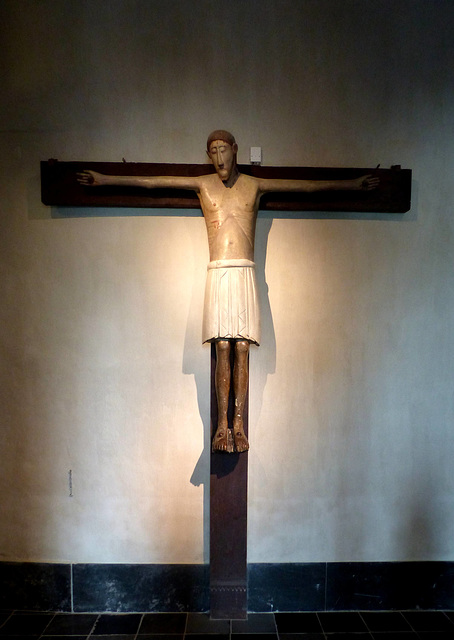Tongeren - Onze-Lieve-Vrouwebasiliek
Tongeren - Onze-Lieve-Vrouwebasiliek
Tongeren - Onze-Lieve-Vrouwebasiliek
Tongeren - Onze-Lieve-Vrouwebasiliek
Tongeren - Onze-Lieve-Vrouwebasiliek
Tongeren - Onze-Lieve-Vrouwebasiliek
Tongeren - Onze-Lieve-Vrouwebasiliek
Tongeren - Onze-Lieve-Vrouwebasiliek
Tongeren - Begijnhof
Tongeren - Begijnhof
Kloster Knechtsteden
Kloster Knechtsteden
Kloster Knechtsteden
Kloster Knechtsteden
Kloster Knechtsteden
Kloster Knechtsteden
Kloster Knechtsteden
Kloster Knechtsteden
Kloster Knechtsteden
Neuss - Quirinus-Münster
Neuss - Quirinus-Münster
Neuss - Quirinus-Münster
Neuss - Quirinus-Münster
Tongeren - Onze-Lieve-Vrouwebasiliek
Tongeren - Onze-Lieve-Vrouwebasiliek
Tongeren - Onze-Lieve-Vrouwebasiliek
Tongeren - Onze-Lieve-Vrouwebasiliek
Tongeren - Onze-Lieve-Vrouwebasiliek
Tongeren - Onze-Lieve-Vrouwebasiliek
Tongeren - Onze-Lieve-Vrouwebasiliek
Tongeren - Ambiorix
Tongeren - Grote Markt
Borgloon - Aardbeien
Borgloon - Brood Automaat
Borgloon - Sint-Odulfuskerk
Borgloon - Stadhuis
Borgloon - Brood
Borgloon - Coca Cola
Borgloon - Graethemkapel
Ocquier - Saint-Remacle
Ocquier - Saint-Remacle
Ocquier - Saint-Remacle
Ocquier - Saint-Remacle
Xhignesse - Saint Pierre
Xhignesse - Saint Pierre
Location
Lat, Lng:
You can copy the above to your favourite mapping app.
Address: unknown
You can copy the above to your favourite mapping app.
Address: unknown
Keywords
Authorizations, license
-
Visible by: Everyone -
All rights reserved
-
229 visits
Tongeren - Onze-Lieve-Vrouwebasiliek


Tongeren, founded 15BC under the name of "Aduatuca Tungrorum", is the oldest town in Belgium. The Romans set up a military camp, that was later abandoned, - but the settlement, that had grown around the camp developed into an important trading center near the Roman road linking Colonia Claudia Ara Agrippinensium (Cologne) to Bononia (Boulogne-sur-Mer). Though strongly fortified the Franks sacked the town in 275.
The Roman reign endet when the town got destroyed in 451 probably by the Huns. At that time a seat of a bishop existed here already. This see later moved on to Maastricht (595) and finally to Liege (718). In 881 Tongeren was raided and looted by the Normans. The largely destroyed city was rebuilt in the 10th century.
Tongeren prospered but in 1677 Louis XIV’s troops blew up the city walls and burned the town down. It took the town two centuries to recover from this.
Where the Onze-Lieve-Vrouwebasiliek stands now, was the bishopric see with Saint Maternus and Saint Servatius, the first bishops of the diocese founded here. In Carolingian times a collegiate convent existed and a pre-Romanesque church was erected, that later got replaced by a Romanesque structure. This church burned down during a war, fought by the prince-bishop of Liège, the Count of Loon, the Duke of Brabant and the French King.
Following the complete demolition of the burnt church, the construction of the large-scale gothic collegiate and town church began in 1240. It was completed in its present form in the 16th century.
Since some years the basilica´s treasures are displayed in the "Teseum", a museum, located in the building of the former collegiate, that adjoins the church.
Here is a large Romanesque crucifix.
The place of the electrical joint box is - not really perfect.
teseum.be/en
The Roman reign endet when the town got destroyed in 451 probably by the Huns. At that time a seat of a bishop existed here already. This see later moved on to Maastricht (595) and finally to Liege (718). In 881 Tongeren was raided and looted by the Normans. The largely destroyed city was rebuilt in the 10th century.
Tongeren prospered but in 1677 Louis XIV’s troops blew up the city walls and burned the town down. It took the town two centuries to recover from this.
Where the Onze-Lieve-Vrouwebasiliek stands now, was the bishopric see with Saint Maternus and Saint Servatius, the first bishops of the diocese founded here. In Carolingian times a collegiate convent existed and a pre-Romanesque church was erected, that later got replaced by a Romanesque structure. This church burned down during a war, fought by the prince-bishop of Liège, the Count of Loon, the Duke of Brabant and the French King.
Following the complete demolition of the burnt church, the construction of the large-scale gothic collegiate and town church began in 1240. It was completed in its present form in the 16th century.
Since some years the basilica´s treasures are displayed in the "Teseum", a museum, located in the building of the former collegiate, that adjoins the church.
Here is a large Romanesque crucifix.
The place of the electrical joint box is - not really perfect.
teseum.be/en
kiiti has particularly liked this photo
- Keyboard shortcuts:
Jump to top
RSS feed- Latest comments - Subscribe to the comment feeds of this photo
- ipernity © 2007-2025
- Help & Contact
|
Club news
|
About ipernity
|
History |
ipernity Club & Prices |
Guide of good conduct
Donate | Group guidelines | Privacy policy | Terms of use | Statutes | In memoria -
Facebook
Twitter

Sign-in to write a comment.